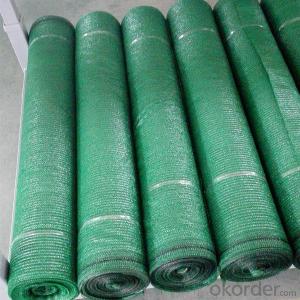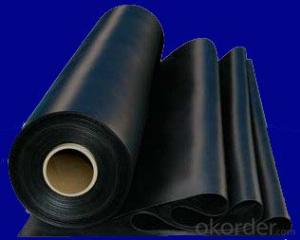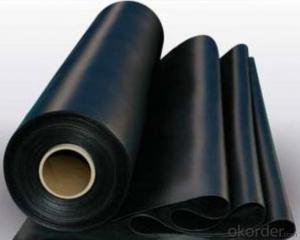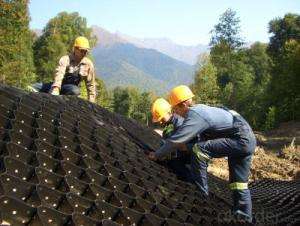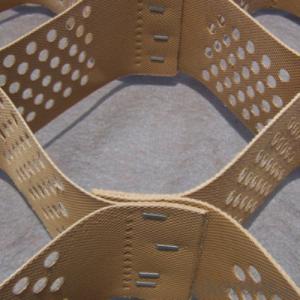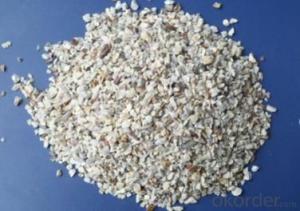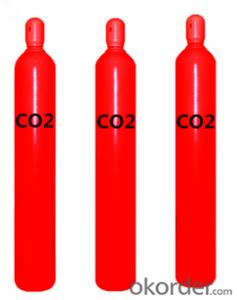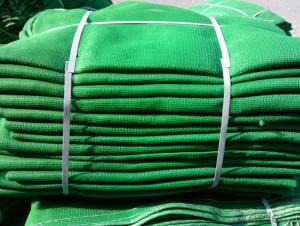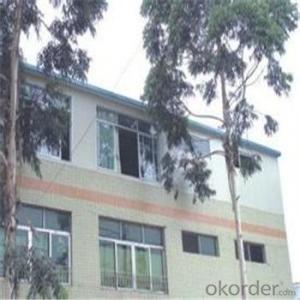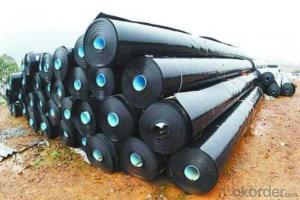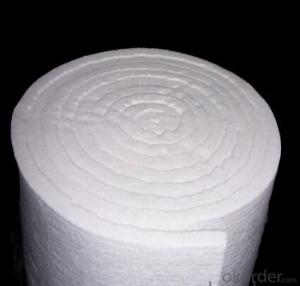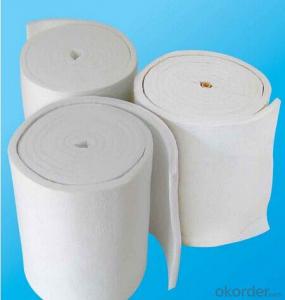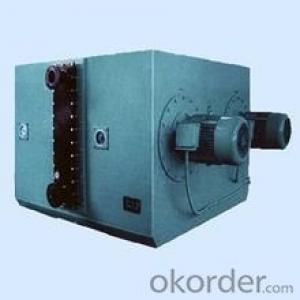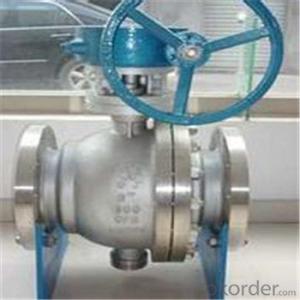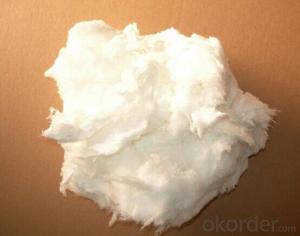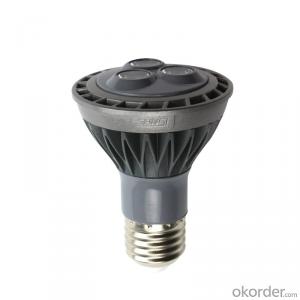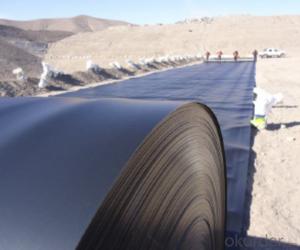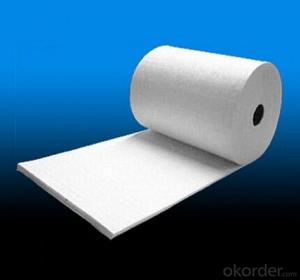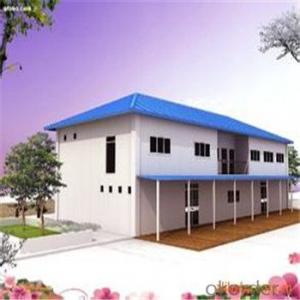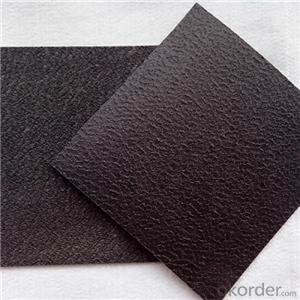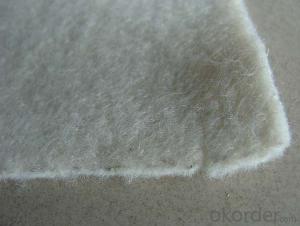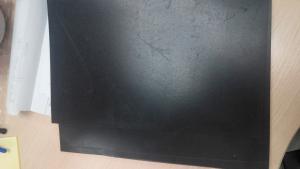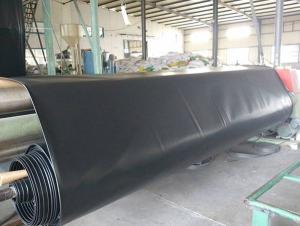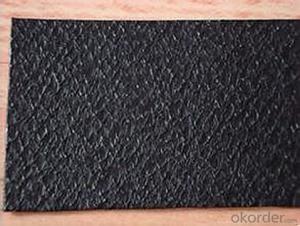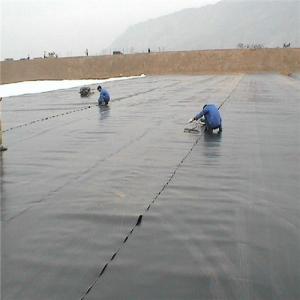Geomembrana De Hdpe
Geomembrana De Hdpe Related Searches
Geomembrane For Landfill Geomembrane In Hdpe Geomembrane In Pakistan Pvc Geomembrane Liner Pvc Geomembrane Institute Hdpe Geomembrane Machine Geomembrane Machine Plastic Geomembrane Hdpe Geomembrane Self Adhesive Geomembrane CoverHot Searches
Tanque De Geomembrana Tanques De Geomembrana Tanques De Geomembrana Precios China Pvc Geomembrane China Geomembrane Roll Sheet Hdpe Geomembrane Sheet Price Hdpe Geomembrane China China Geomembrane Geomembrane China Hdpe Geomembrane Price Geomembrane Liner Price Geomembrane Price Cost To Waterproof A Basement Waterproof Plywood Cost Waterproof Mdf Suppliers Wholesale Hdpe Geomembrane Roll Geomembrane Factory Wholesale Liner Hdpe Geomembrane Wholesale Geomembrane Hdpe Wholesale Hdpe GeomembraneGeomembrana De Hdpe Supplier & Manufacturer from China
Okorder.com is a professional Geomembrana De Hdpe supplier & manufacturer, offers integrated one-stop services including real-time quoting and online cargo tracking. We are funded by CNBM Group, a Fortune 500 enterprise and the largest Geomembrana De Hdpe firm in China.Hot Products
FAQ
- Geomembranes contribute to soil erosion control by acting as a barrier between the soil and water. They prevent water from infiltrating into the soil, reducing the potential for erosion caused by rainfall or surface runoff. Additionally, geomembranes can be used in slope stabilization and channel lining to prevent soil movement and erosion.
- Geomembranes are tested for puncture resistance using a standardized test method called the puncture test. This test involves subjecting the geomembrane to a sharp object, such as a needle or a cone, at a specified force or pressure. The force required to puncture the geomembrane is measured, and this data is used to evaluate its puncture resistance.
- Geomembranes are tested for quality through various methods such as visual inspection, destructive and non-destructive testing, and laboratory analysis. Visual inspection involves inspecting the geomembrane for any visible defects or irregularities. Destructive testing may involve puncturing or tearing a sample of the geomembrane to evaluate its strength and durability. Non-destructive testing methods include measuring thickness, conducting leak detection tests, and assessing the geomembrane's resistance to chemicals and environmental factors. Laboratory analysis involves subjecting samples to various tests to assess their physical, mechanical, and chemical properties, ensuring that they meet the required standards and specifications. Overall, a combination of these testing methods is employed to ensure the quality and performance of geomembranes.
- Yes, geomembranes can be used in stormwater treatment and filtration systems. They are commonly used as liners or barriers to prevent the infiltration of contaminants into the soil or groundwater. Geomembranes can enhance the efficiency of stormwater treatment systems by preventing the migration of pollutants and facilitating the proper filtration and treatment of stormwater before it is discharged.
- nan
- Geotextile generally can be used for water filtration engineering, maintenance works (including highway maintenance, railway maintenance), roadbed reinforcement treatment works, tunnel impermeable cushion, landfill and other projects. Geomembrane is generally used in seepage control works, such as tailings seepage treatment, landfill seepage treatment, cesspit anti-seepage treatment, tank foundation seepage prevention, and so on. The composite material of the geotextile and the geomembrane is also known as the compound geomembrane, which is mainly used for the seepage prevention of the water conservancy project: For example, anti-seepage of artificial lake , landscape lake, reservoir, and ditch.
- nan
- (1) metal film in the 1990s is developed by the United States. it is mainly a porous and stainless steel substrate, TiO2 ceramic coating material is a new type of metal - ceramic composite inorganic membrane. (2) the advantages of a metal film is good ductility, toughness and strength, as well as adaptability to environment and material. It is one of the best film material after a ceramic membrane is developed. Ceramic membrane material is acid and akali resistance, anti chemical solvents, high temperatures resistant, especially with high mechanical strength, long service life. It has obvious advantages in harsh environments. The disadvantage is that the application of ceramic membrane is not wide enough, although it is nanoscale separation precision. ceramic membrane has a small market, but there is no ceramic membrane that can not filter. .
- nan
- Geomembrane as a new material, has excellent seepage-proof property, antiseptic property, good chemical stability and features and functions which can be processed according to the actual project needs. Geomembrane has been widely used in dyke, dam , reservoir seepage-proofing in water conservancy engineering, at the same time, geomembrane is also used as seepage-proof, corrosion-proof, leak-proof and moisture-proof materials in areas like channels, impounding reservoir, cesspit, swimming pool, housing construction, underground structures, wasteyard and environmental engineering, etc.



